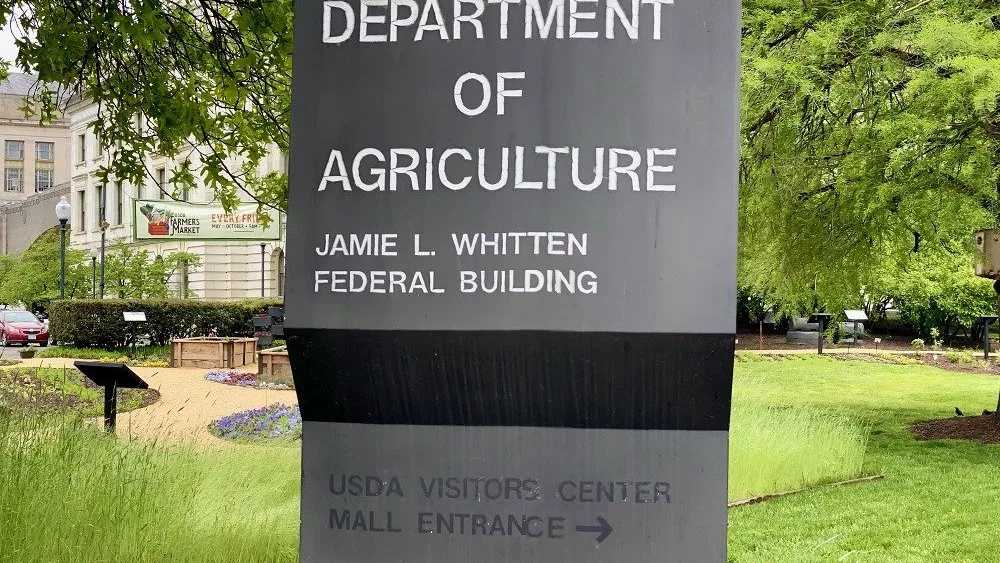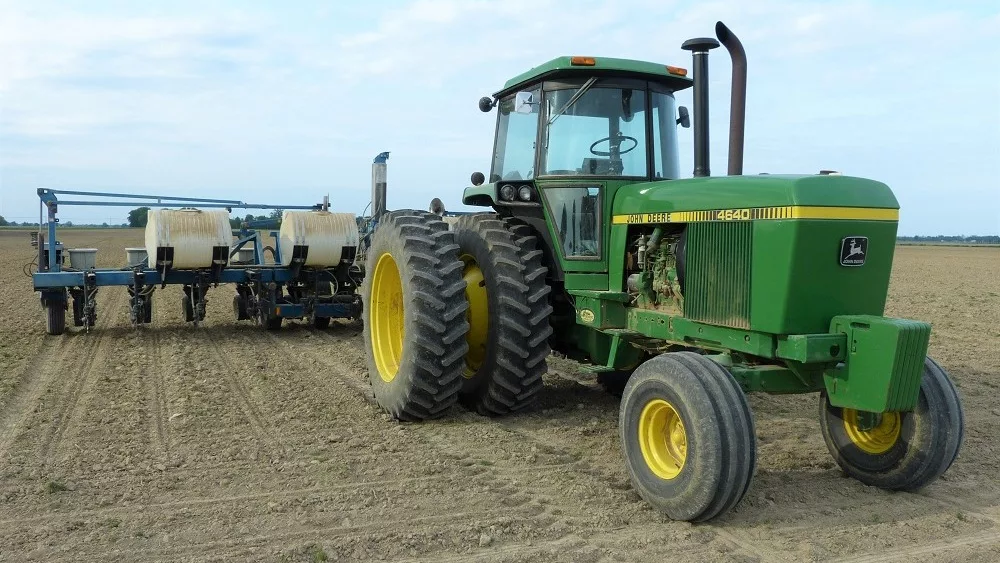
For a century now, red Farmall tractors have been all over the landscape of farms across Indiana. That’s why CaseIH is celebrating the 100th anniversary of the Farmall brand.

Joe Miller, Tractor Product Marketing Manager with CaseIH, knows the important role that Farmall tractors has played in Indiana’s farm history and legacy. He grew up on a farm near Rochester in Fulton County, Indiana where the first tractor he drove as a boy was his grandfather’s 1953 Farmall Super M.
Miller says the very first Farmall tractors were produced by International Harvester in 1923. They were the first tractors that were maneuverable and had enough ground clearance to cultivate row crops.
“Twenty-five Farmall tractors were built that first year,” according to Miller. But you have to remember, when we think of an older tractor, we think of a tricycle configuration with tall rear tires and narrow front end. That was revolutionary in 1923. That was an extreme look that was a lot different style of tractor than anything that had been in the industry before that time.”

In 1931, Farmall introduced the “F-Series” for farmers who were handling a larger amount of acreage. By 1939, Farmall introduced its second generation of tractors, which were known as the “Letter Series” of tractors. The smallest sized tractors available were the Farmall A, B, C—followed by the H and M, which grew larger with each subsequent letter, and provided more power and plowing capacity.
In 1954, the “Hundred Series” replaced the “Letter Series” by using numbers instead of letters to identify the different sizes of models.
Miller says that many new innovations were developed across several generations of the Farmall brand.
“We had the first diesel tractor in 1941—the Farmall MD—which started on gas and flipped over to diesel. We also had the first tractor that was over 100 horsepower—the Farmall 1026. Then, the Farmall 1206 was the first turbocharged diesel tractor. The Farmall MTA, which had the torque amplifier, which was a very early power shift that allowed shifting under load, so again the Farmall innovation has been storied right along.”

International Harvester continued to use the Farmall name badges with their new tractor models until 1975.
In late 1984, Tenneco purchased International Harvester and merged it with Case to become CaseIH in 1985 to keep the legacies of both names intact.

CaseIH brought back the Farmall name and brand in 2003 as a line of compact tractors. There are currently over 30 models of Farmall tractors that have between 30 and 140 horsepower.
Miller adds that farm families for many generations have been brand loyal to its corporate owner today, CaseIH. There are also many antique tractor collectors who buy and restore the classic Farmall tractors to show them off at antique farm machinery shows across Indiana and the Midwest.
That loyalty for the Farmall brand all started because dad, grandpa—maybe even great grandpa—owned and used one of those beautiful red Farmall tractors on their farms.
“There were times when the industry was challenging. It was not easy to make a living farming, and that tractor was required to feed the cows, do all the row crop work, the auger work, and the planter work. The families depended on that for their livelihood. That Farmall tractor became a member of the family and that’s what people remember, and they still have that tie.”
“A lot of customers are still loyal because they had that Farmall M or 56 series and that was what helped them get them through some tough times in farming,” says Miller. “They’re going to remain loyal because they remember that they could depend on that iron and that iron pull them through some challenging times.”
Click BELOW to hear C.J. Miller’s news story and interview with Joe Miller, Tractor Marketing Manager with CaseIH, as he talks about the impact Farmall has had on Indiana’s farm history over the past 100 years.




